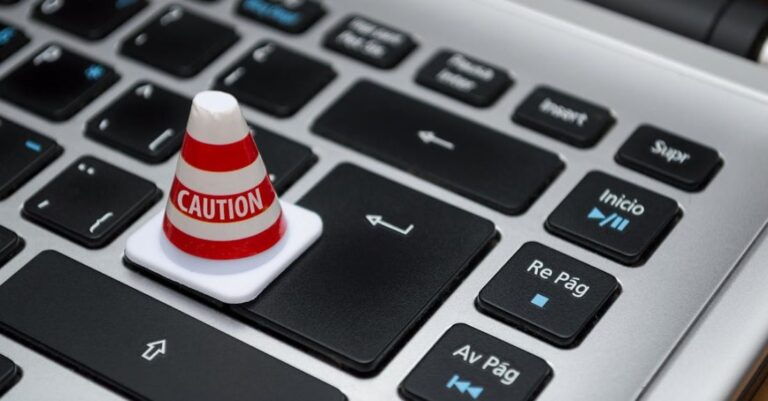
In today’s fast-paced digital world, remote work has become increasingly prevalent due to its flexibility and convenience. However, with this shift towards remote work comes the challenge of securing sensitive company data outside the traditional office environment. As companies navigate this new landscape, the need for robust security measures to protect against cyber threats has never been more crucial. So, how do companies secure remote work environments effectively?
Understanding the Risks
Before delving into the strategies companies use to secure remote work environments, it’s essential to first understand the risks involved. When employees work remotely, they often use personal devices and unsecured networks, making them more susceptible to cyber attacks. Hackers can exploit vulnerabilities in these devices and networks to gain unauthorized access to sensitive company information, leading to data breaches, financial loss, and reputational damage. Therefore, companies must be proactive in implementing security measures to mitigate these risks.
Implementing Secure Remote Access
One of the fundamental strategies companies employ to secure remote work environments is implementing secure remote access solutions. Virtual Private Networks (VPNs) are commonly used to create encrypted connections between employees’ devices and the company’s network, ensuring that data transmitted over the internet is protected from interception. By requiring employees to connect to the company network through a VPN, organizations can establish a secure tunnel through which data can safely travel, reducing the risk of unauthorized access.
Multi-Factor Authentication
Another vital security measure that companies utilize to secure remote work environments is multi-factor authentication (MFA). MFA adds an extra layer of security by requiring employees to provide two or more forms of verification before accessing company systems or data. This could include something they know (like a password), something they have (such as a physical token or smartphone), or something they are (biometric data like fingerprints or facial recognition). By implementing MFA, companies can significantly reduce the risk of unauthorized access, even if an employee’s login credentials are compromised.
Endpoint Security
Endpoint security is another critical aspect of securing remote work environments. With employees using a variety of devices to access company data remotely, it’s essential to ensure that these devices are adequately protected. Companies often deploy endpoint security solutions such as antivirus software, firewalls, and endpoint detection and response (EDR) tools to safeguard against malware, ransomware, and other cyber threats. These tools help detect and prevent malicious activities on employees’ devices, thereby reducing the risk of a security breach.
Security Awareness Training
In addition to technical solutions, companies also invest in security awareness training to educate employees about potential cyber threats and best practices for maintaining a secure remote work environment. By raising awareness about common tactics used by cybercriminals, such as phishing emails and social engineering, employees can become more vigilant and proactive in identifying and reporting suspicious activities. Regular training sessions and simulated phishing exercises can help reinforce security awareness and promote a culture of cybersecurity within the organization.
Securing Cloud Services
As more companies transition to cloud-based solutions for data storage and collaboration, securing cloud services has become a top priority for remote work environments. Companies leverage cloud security measures such as encryption, access controls, and data loss prevention (DLP) to protect sensitive information stored in the cloud. By implementing robust security protocols and monitoring tools, organizations can ensure that data remains secure, even when accessed remotely by employees.
Maintaining Compliance
Lastly, companies must ensure that their security measures align with industry regulations and compliance standards to avoid potential legal and financial repercussions. Depending on the nature of the business and the data being handled, companies may need to comply with regulations such as the General Data Protection Regulation (GDPR), the Health Insurance Portability and Accountability Act (HIPAA), or the Payment Card Industry Data Security Standard (PCI DSS). By staying informed about regulatory requirements and implementing the necessary security controls, companies can demonstrate their commitment to protecting sensitive data and maintaining compliance.
In conclusion, securing remote work environments requires a multi-faceted approach that combines technical solutions, employee training, and compliance measures. By implementing secure remote access, multi-factor authentication, endpoint security, security awareness training, cloud security, and compliance measures, companies can effectively mitigate the risks associated with remote work and safeguard their sensitive data. In today’s digital landscape, where remote work is the new norm, investing in robust security measures is not just a best practice – it’s a necessity to protect the integrity and confidentiality of company information.





